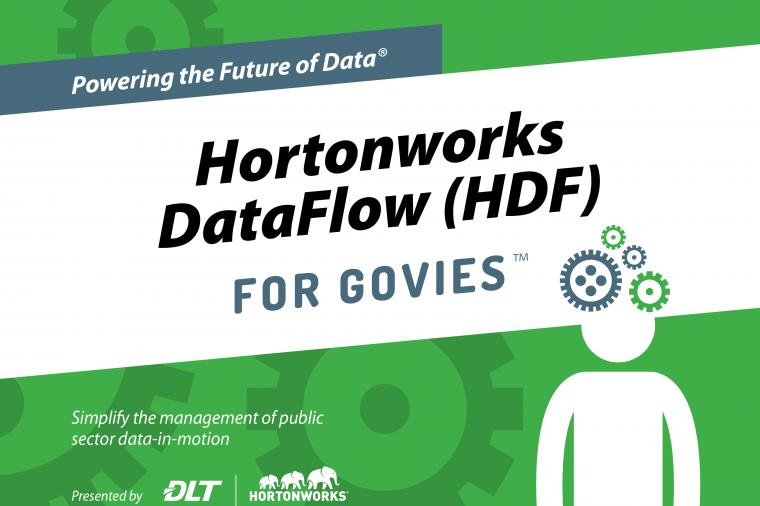Why Your Organization Needs a Data Governance Plan
Public sector organizations face more data challenges today than ever before. As discovered via research performed by North Highland Consulting, the top issues government organizations face include:
- Not knowing what data is available to support programs and other business functions
- Difficulty in accessing data
- Risk in using data as basis for critical decisions without insight into the lineage of data
- Difficulty in analyzing data and extracting insights to influence outcomes
Rob Karel, Vice President, Product Strategy and Product Marketing, Information Quality Solutions at Informatica, weighs in on the benefits having a data governance plan as part of an overall business strategy.
“The value of having a plan around data governance, no matter how big or small, is to have a set of processes and disciplines in place to help guide you towards the appropriate business priorities and optimal solutions with a clear identification of roles,” Karel explains. “Once you know that, then you can focus on the critical few. Without data governance to facilitate this process, its pure luck whether you get to those critical few priorities or not.”
Without a data management strategy, companies face a lack of confidence in their data’s trustworthiness or security. Data governance places necessary guardrails on what data is important and how it should best be managed and used. Karel also explains that data usage is often a “free-for-all”, so trusting the quality of your data is important. “Without a data management strategy, you aren’t going to trust that the data is being effectively governed and protected, with little confidence you’ll know how to handle a data quality or data security escalation when it arises – and those issues happen all the time,” Karel clarifies. In the age of continual data breaches, being able to make decisions when something goes wrong with your data is imperative.
Securing your data is the only effective way to avoid breaches. As Target discovered last year, it is also more costly for costs associated with the breach after the fact, than if the company had a secure data management plan in place initially. Target disclosed in its Q4 2014 earnings that the data breach cost them $162 million and affected 70 million people whose personal data and credit card information had been stolen.
Due to the nature of public sector, it’s even more difficult to implement governance for the government. According to data governance maturity benchmark data captured on GovernYourData.com, a data governance community and best practice site sponsored by Informatica, the average data governance maturity score across all industries is 1.65 out of 5, and the public sector alone is below average at 1.24 - among the lowest of all industries evaluated. Karel says that although it’s a large mountain to climb for data governance in the public sector, that’s not a reasons not to do it. “A little governance goes a long way. Focus the governance initiative on key parts of the operation and you can deliver significant value. Use this as an opportunity to make a big difference with little effort.”
So, now you know your organization needs a data management plan. These are the foundation questions you need to answer to create and enforce a holistic enterprise data governance program:
- What are the top business imperatives as defined by your most senior leadership?
- What organizational business processes, decisions and stakeholder (e.g., citizen, partner, employee) interactions are most important in support of these top imperatives?
- What data and applications are used to support those processes, decisions and interactions?
Once the answer to these three questions are understood, then you can focus on what skills your company will need to create this data governance plan, make a business case for investment, put specific policies in place to support the plan, and then invest in the necessary technologies. Remember, a little governance goes a long way.








































